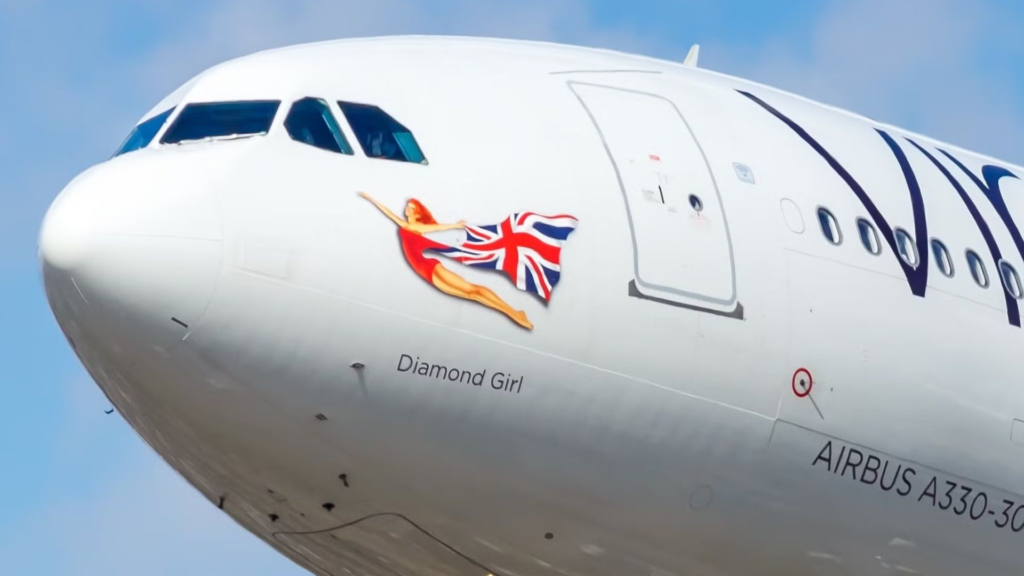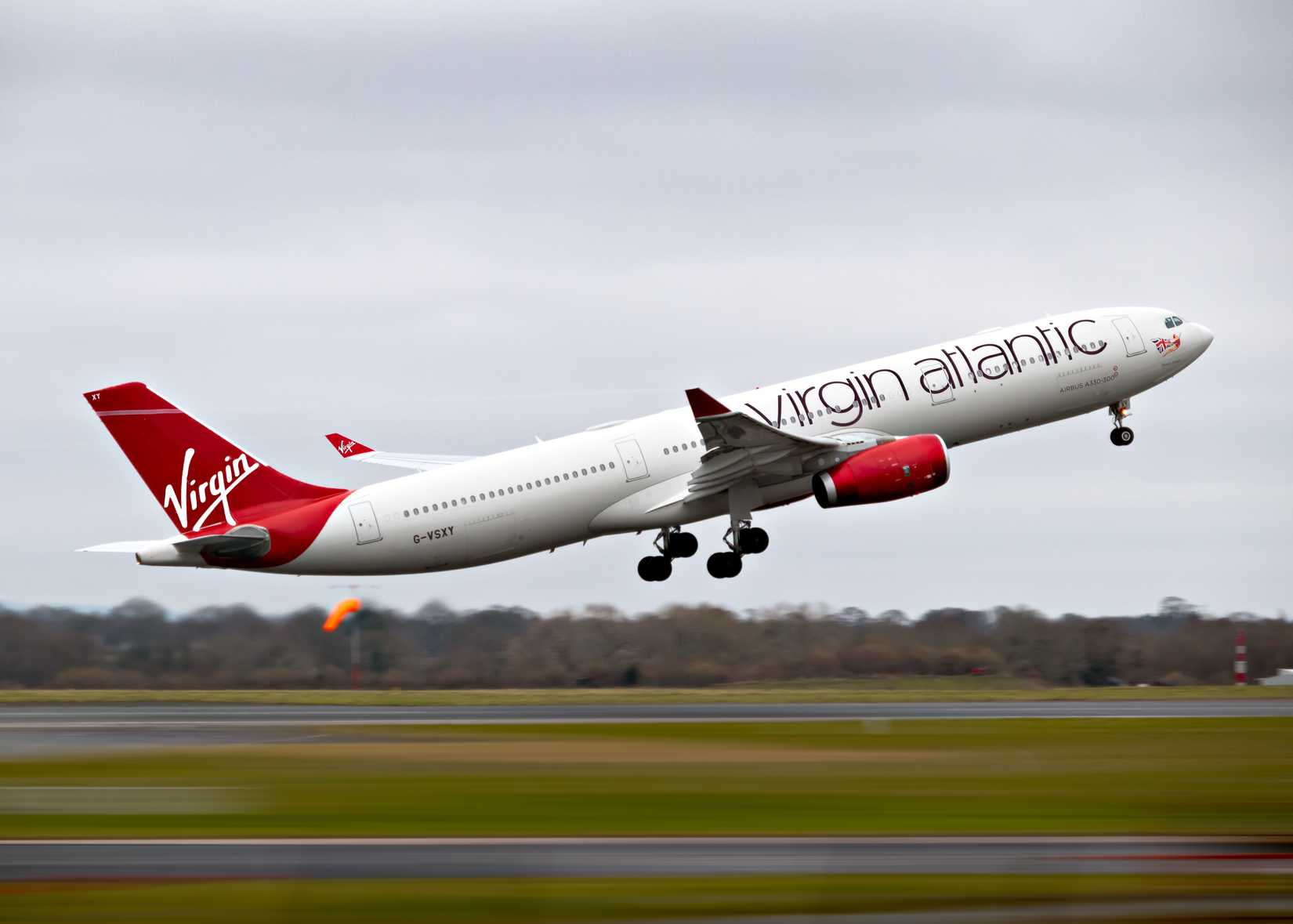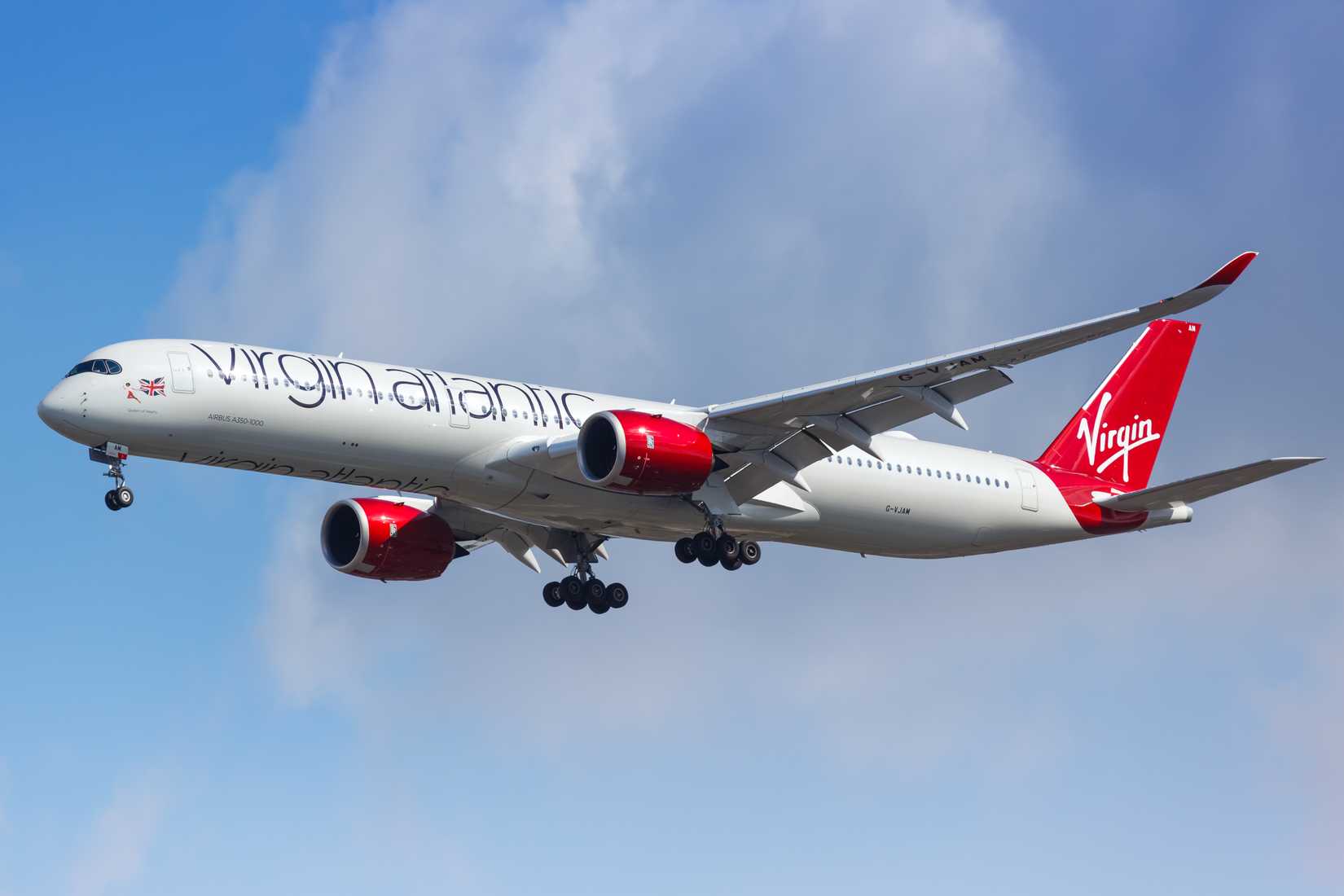Virgin Atlantic is an extremely unique kind of carrier, as it operates a really specific kind of long-haul model, one which primarily relies on connecting its principal hub at London Heathrow Airport (LHR) with global travel destinations frequented by affluent travelers. Recently, the carrier’s CEO made some moves that would not be remotely surprising to those in the industry with some extensive background. Specifically, he took a trip to India and highlighted his support for the carrier’s continued growth.
Collaboration on an industry-wide scale has long been a core element of the Virgin Atlantic business model, as the airline has been behind multiple industry-leading partnerships. The airline’s CEO, Shai Weiss, is well aware of this and has been quick to emphasize the company’s history of collaboration and its unique identity on multiple trips.
A Deeper Look At What Actually Happened
Shai Weiss, the CEO of Virgin Atlantic, published on LinkedIn that he is currently traveling to Mumbai with the United Kingdom’s Prime Minister, Keir Starmer. Joining the pair on this journey was the UK’s Business Secretary Peter Kyle, and business leaders also involved in this trade mission. Weiss calls India a fast-transforming market, highlighting Virgin Atlantic’s continued support for the upcoming trade deal between the United Kingdom and India.
The airline is currently celebrating 25 years of flying to India, and he says that it is now the airline’s third-largest market outside the United Kingdom and the United States. Virgin Atlantic currently operates five daily nonstop services to Delhi, Mumbai, and Bengaluru, adding connections to 36 Indian cities via the airline’s partnership with IndiGo. In his post, Shai Weiss had the following words to share:
“The world’s fourth-largest economy is rapidly transforming and the opportunity in India is huge. As a premium British flag carrier we’re ready to support economic growth unlocked by the £4.8bn UK-India Trade Deal, connecting businesses, tourists, families and cargo. It’s an honor to be part of the visit, especially as 2025 marks Virgin Atlantic’s 25th year of flying to India.”
A Brief Discussion Of What Else Happened
In his post, the Virgin Atlantic CEO noted that the airline had continued to grow its partnerships over the course of the summer. Specifically, it noted ![]() Delta Air Lines and Air France-KLM as key partners that signed its Memorandum of Understanding, which they hope will ultimately pave the way for a partnership with IndiGo that will now connect all four of the world’s largest economies in a single, cohesive fashion.
Delta Air Lines and Air France-KLM as key partners that signed its Memorandum of Understanding, which they hope will ultimately pave the way for a partnership with IndiGo that will now connect all four of the world’s largest economies in a single, cohesive fashion.
Now, would it really be Shai Weiss if there wasn’t a funny comment attached to the post? Well, of course, there had to be. The Virgin Atlantic CEO ultimately decided to order a Virgin Mary, a drink that fully encapsulates the company’s iconic branding. The humorous part of this is that the CEO was, at the time, flying on a British Airways-flagged aircraft.
But this meeting was about much more than just the specific choice of drink Shai Weiss elected to go for. In fact, it highlights an extensive and growing partnership between India and the UK’s air travel landscape. Companies looking to work together can only ever be a positive for customers, as it adds convenience.
What Is Our Bottom Line?
Virgin Atlantic is a dynamic long-haul carrier with exceptional market flexibility. The airline operates flights to long-haul destinations worldwide and leverages the best elements of its network to do so.
However, there are some things that hold the airline back and are key factors behind its growth outlook. The carrier’s long-haul ambitions are potentially limited by its lack of a short-haul footprint, as the airline has an extremely limited ability to serve short-haul markets, instead relying heavily on airline partners to do so.
Virgin Atlantic’s partnerships in the United States and India feed traffic to its long-haul network, providing essential visibility and connectivity. Although not a flow-carrier in nature, the airline exhibits elements of a flow-oriented business model when examined alongside its partners.





